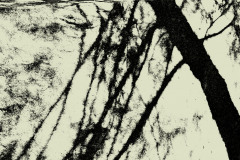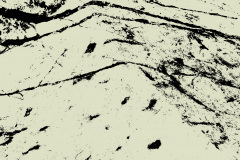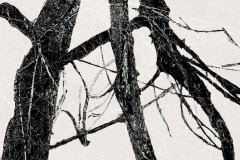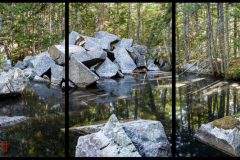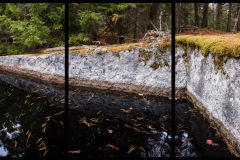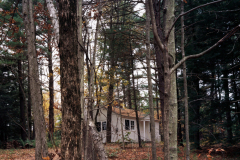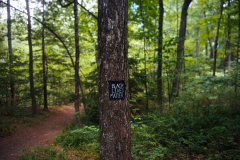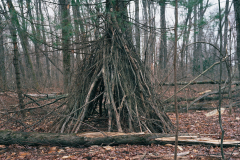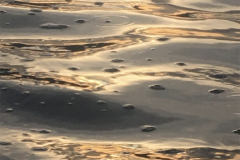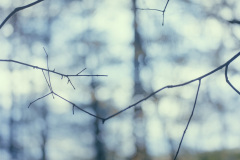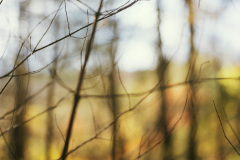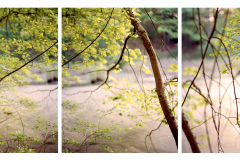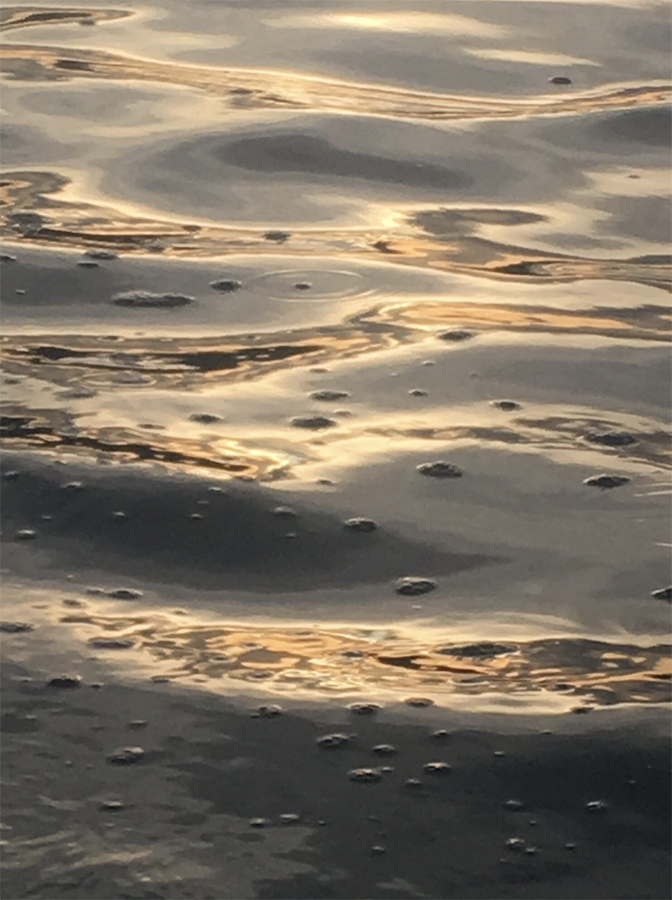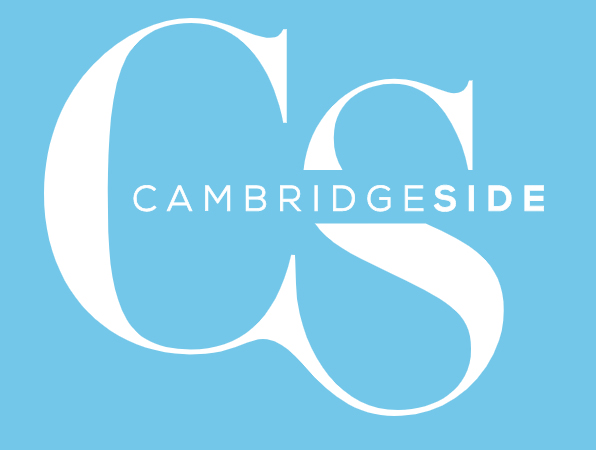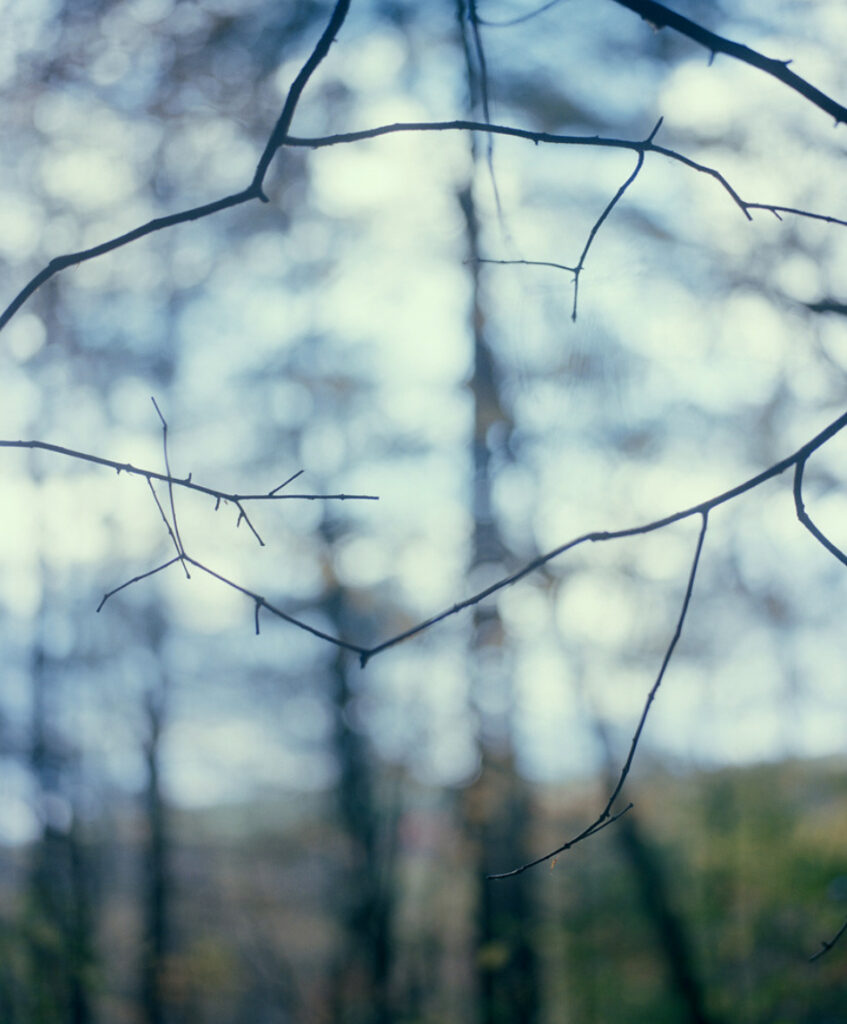
April 29 – June 26, 2021
Exhibiting photographers:
Deborah Kaplan, Steven Keirstead,
Bruce Myren, Anne Randolph,
Suzanne Révy
Curated by: Jessica Burko,
PRC Program Manager and Curator
CambridgeSide, 2nd floor
100 CambridgeSide Place
Cambridge, MA 02141
Gallery hours:
Thursday 1-7pm
Friday 2-8pm
Saturday 2-8pm
Sunday 12-6pm
At a time when the world is slowly emerging from isolation, when we can no longer bear our walls holding us in, the New England landscape is bursting out of hibernation and many feel compelled to explore the nearby wiIds. Field of Vision honors the landscape and its intersection with the human hand as it assists or encumbers. Woods are changed when a dwelling bisects it, the land is mined and altered. Through image making landscape is also revered and admired, seen for its innate beauty and as a means to bring forth expression previously unspoken. Whether it is transformed or experienced in its wholeness, changed through imaging technology or the intensity of light, New England land has long influenced visual artists, writers, and poets alike and is regarded with a degree of wonder.
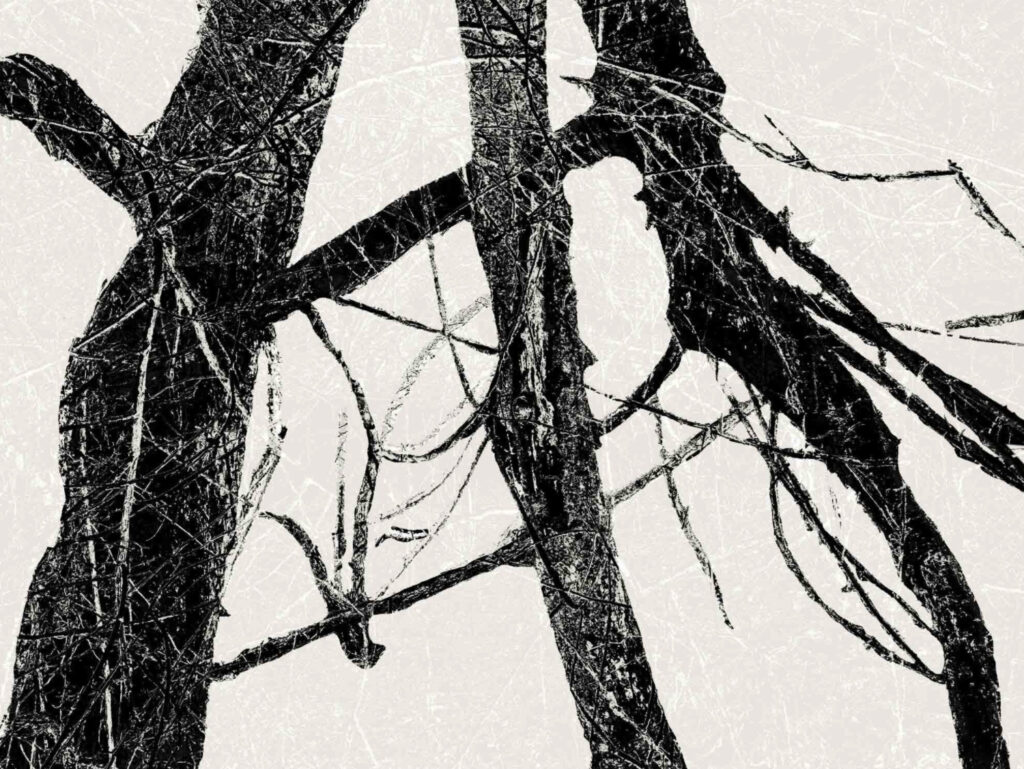
Deborah Kaplan is a photographer of abstracted landscape, originally from Beacon, NY. Click HERE to see her recent feature in Lenscratch. She constructs and deconstructs photographs using primarily digital techniques. Kaplan has studied at the DeCordova Museum, the Art Institute of Boston and Maine Media Workshops. Her current photographic practice reveals a unique lexicon of the natural world, informed by science, aesthetics and choices of perception. Kaplan’s work has been shown at the Griffin Museum of Photography, the A Smith Gallery, ArtsWorcester, and online at the New York Center for Photographic Arts and Loosenart. Deborah resides and works in Bolton, MA. Artist Statement: “Mark making. Symbols. These are some of the earliest efforts of human beings. This work is part of a series, Syllabary for a Natural World, which reaches back to prehistoric expressions of mark making to explore the innate complexity and language of the natural world, to restart a process of abstraction and understanding. Through photographs of everyday woodlands, by means of digital modification and mark making, I aim to recreate a language that never was, but which ought to be. It has been said that if we do not have a word for something, it is unacknowledged, hard to bring into consciousness as an actual thing in the world. I examine the linear forms of tree trunk and branches, of leaf and stem, as they reframe themselves into an infinite set of almost repeating, but ever-changing patterns. The physical recording of years of growth and eons of evolved complexity balanced and whole is visually palpable. And here the language arises. May we bring the complexity and balance fully to consciousness. May we develop a language as deep as nature itself.”
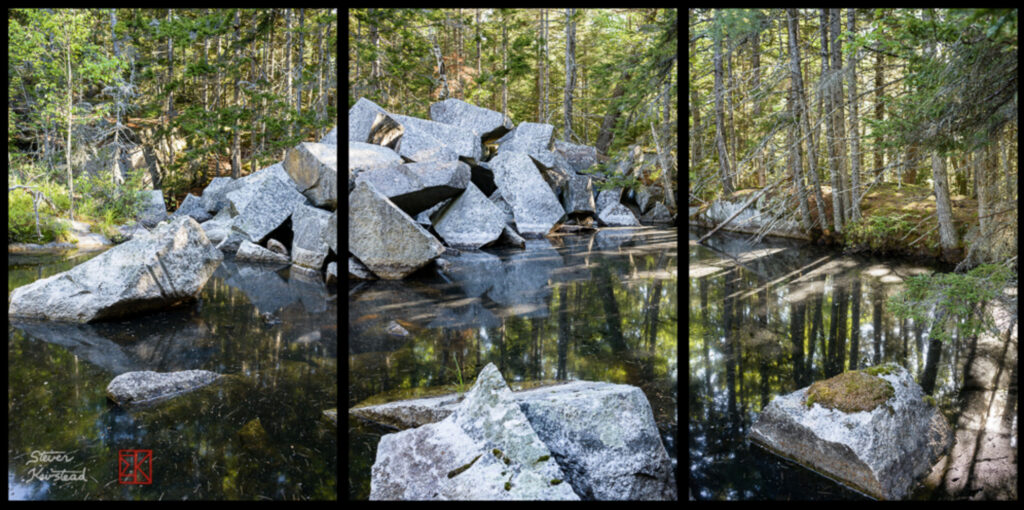
Steven Keirstead was born in Saigon, Vietnam in 1965. His family lived in Chiang-Mai, Thailand for several years before they moved back to his mother’s hometown in North Carolina. It was there he learned basic black and white photography from his aunt, photographer Patricia Austin. Keirstead attended Rice University in Houston, TX where he earned a BA in Biology/Art and Art History, and a BFA in Photography. He studied photography with Geoff Winningham and Peter T. Brown, becoming enchanted with color printing, and exploring multiple image compositions and collages. For many years Kierstead printed on Type C color paper from color negatives, and he transitioned to digital imaging and archival inkjet printing in 2012. Kierstead has exhibited his work at the Rice Media Center during FotoFest, the Flash Forward Festival Boston, Gallery Seven in Maynard, Massachusetts, and at the Griffin Museum of Photography where he exhibited selections from his Quarries of New England portfolio. Artist Statement: “In 2012, I became fascinated by the abandoned Collins Granite Quarry that is hidden in the woods across the road from our house in East Blue Hill, Maine. I decided to photograph this and other old quarries in the six New England states. In the 19th and early 20th centuries, the quarrying industry provided jobs for thousands of laborers, mostly immigrants, supplying building material and pavement for a growing young nation. But as building and road techniques and materials evolved away from the use of stone slabs and cobbles, the quarrying industry declined. Many early stone companies ceased operating. After work ended, nature returned. Slowly human alterations to the landscape were obscured, but not erased. Vegetation grew back into barren wastes, open pits filled with water, iron and steel tools rusted, and wooden derricks rotted. This photo series documents the rebirth of abandoned quarries as something else, as wildness reclaims what industry left behind. While my work echoes early panoramic photography that used multiple glass plate negatives, I use realistic digital color to make window-like compositions, printing several separate exposures together onto one piece of paper.”
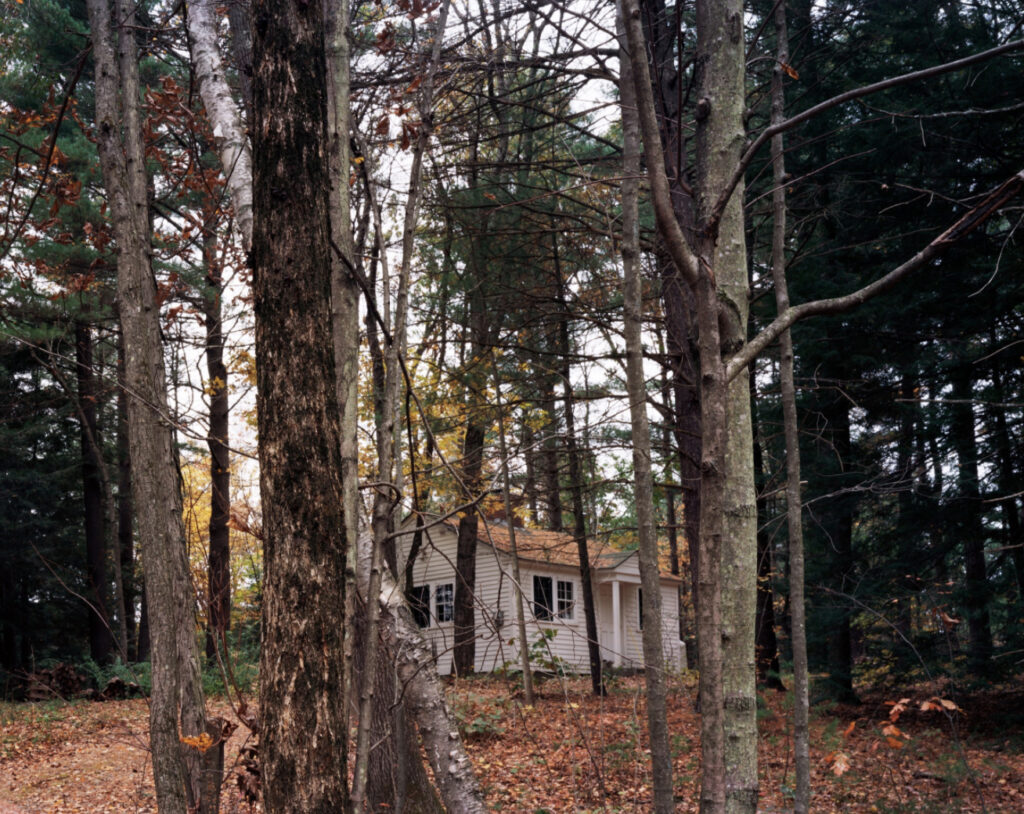
Bruce Myren is an artist and photographer based in Cambridge, MA. He holds a BFA in photography from MassArt and earned his MFA in studio art from the University of Connecticut, Storrs in 2009. Shown nationally and published internationally, Myren’s work has been featured in Fraction Magazine, afterimage, and View Camera Magazine as well as group exhibitions at the Phoenix Art Museum, RISD Museum’s Chace Center, Houston Center of Photography, and the William Benton Museum of Art, among others. His numerous solo exhibitions include showings at the University of the Arts, Danforth Museum of Art, and Gallery Kayafas in Boston, where he is represented. Currently, Myren works at the Boston Public Library’s Digital Lab and Palm Press and teaches at Fitchburg State University. He has taught at Amherst College, the Rhode Island School of Design, the University of Massachusetts Dartmouth, and Northeastern University. He was the Chair of the Northeast Region of the Society for Photographic Education from 2010-2016 and was on the board of directors of the Photographic Resource Center where he was Director during 2018. In his work, Myren investigates issues of place and space, often via the exploration and employment of locative systems, either literal or metaphoric. Artist Statement: “Fort Juniper is the name of a small one-person house in the woods of Amherst, Massachusetts. It was built by the poet Robert Francis (1901-87) in 1940 and served as his home until his death. Presently, it is used to host poets-in-residence through the Robert Francis Trust. While wandering in the woods as a teenager, I often encountered an older man in a cap, someone I assumed to be a poet but never spoke to; many years later, I learned that the man who tipped his hat to me was Francis. It was in this area of Amherst where I first forged my sense of intimacy with the land, and it was these same environs that Francis would walk for inspiration. Via Francis’ poems and prose, I am seeing my former hometown with new eyes and capturing the intersection of his understanding of this place with my own experience. Many people know of the other two great poets from Amherst, Robert Frost and Emily Dickinson, and an additional aim of this project is to bring more attention to Francis and his work. For Francis, Fort Juniper was more than just an abode in which to reside, it was a fort to shelter him, a lens through which he viewed the world, and a mirror with which to observe his inner states. In researching Francis, I have read his autobiography, poems, and many of his newspaper columns. Tales of walks and neighbors, trees and chickens, these are the observations made with the eyes of a poet. It is from Francis’ reflections and poetry that I occasionally cull titles and inspiration for my images. The area being photographed is growing naturally to include parts of the river that flow away from Fort Juniper towards my childhood home and other locations related to Francis. In essence, this project allows me entrance into a world I had left many years ago and the opportunity to explore how and where our lives interweave through time.”
Anne Randolph is a self-taught artist born in Manhattan and raised in Hawaii. Her investigations into the nature of light have included working in a neon sign shop and as a lighting designer for community theater, and she is currently photographing water. Recent exhibitions include the 2019 First Looks Show at the Somerville Museum, and the 2021 Last Look Show at the Somerville Museum. Anne’s workspace is at Joy Street Studios in Somerville. Artist Statement: “Spy Pond in Arlington is like an oasis to me, an expanse of open water half hidden in the middle of a suburban town. “Pondwater” is an ongoing project consisting of large scale photographs, all of the surface of the pond. The images are taken with my iPhone, without any additional lenses or filters, and are shown as is, unmanipulated and uncropped. They are taken on Spy Pond, from my kayak, at the same time of day: within an hour or two of the sunset. They are photographs of the water without external reference aside from anything that might be floating there. There is no shore, except as it appears in reflection. The photos that make up “Pondwater” are relatively small digital files printed large. Where crispness and clarity are often the hallmark of nature photography, here they are replaced by abstraction as the details of the image are expanded. There’s a painterly quality to the enlarged photographs, where each individual color is given its own space. The “Pondwater” photos are 45″x60,” two and a half inches deep. They are fabric sublimation prints, a process originally developed for the fashion industry– water soluble inks are printed onto transfer paper and then permanently bonded to fabric using a heat press. They are printed onto poly duck, which has a canvas-like texture, and then stretched over wooden frames. For me there is a correlation between the the surface of the water and the idea of fabric, which is essentially all surface. It seems fitting, too, that the inks are water soluble. The images in “Pondwater” are produced in series of five or six, of roughly the same moment, capturing versions of the same phenomenon or circumstance. They are unique prints and can be viewed individually, but they benefit from each other’s company.”
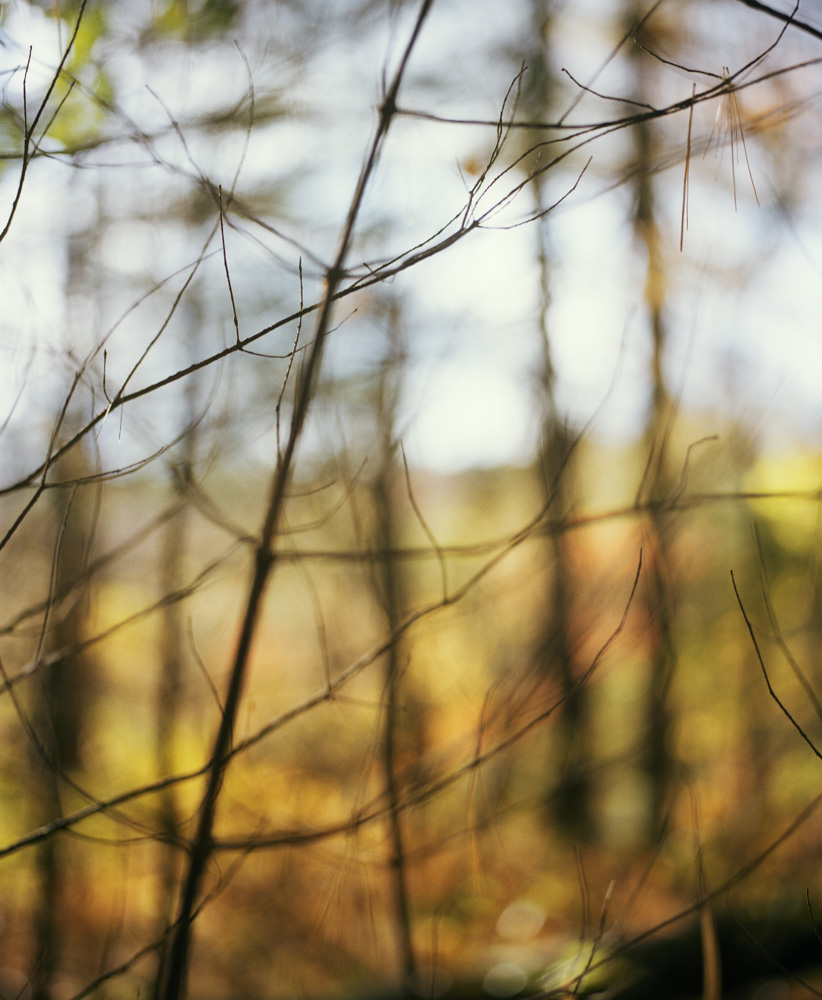
Suzanne Révy is a photographer, writer and educator. She earned a BFA in photography from the Pratt Institute in Brooklyn, NY. After college, she worked as a photography editor in magazine publishing for fifteen years. With the arrival of two sons, she left publishing and created a visual photographic diary of their lives. In 2016, she earned her MFA in photography from the New Hampshire Institute of Art and more recently has been exploring the landscape around her home in the suburbs of Boston. Révy has exhibited her work at the Griffin Museum of Photography, the Danforth Museum of Art among many other regional and national galleries. She teaches at the Institute of Art and Design at New England College, and is the associate editor of the online photography review magazine, What Will You Remember? Révy also serves on the board of the Photographic Resource Center in Cambridge, MA. Artist Statement: “In the fall of 2014, I bought a book of photographs by Saul Leiter called “Early Color.” His
abstract and atmospheric use of color in New York City based street photographs are breathtaking. Inspired, I yearned for the urban environment to make something similar. Living in the leafy green suburb of Boston, I realized that I did not need a busy street. The crowded
woods behind my house served as a kind of urban sidewalk, so I explored the gestures among the trees in the fading fall light in one of my first forays into landscape photography.”
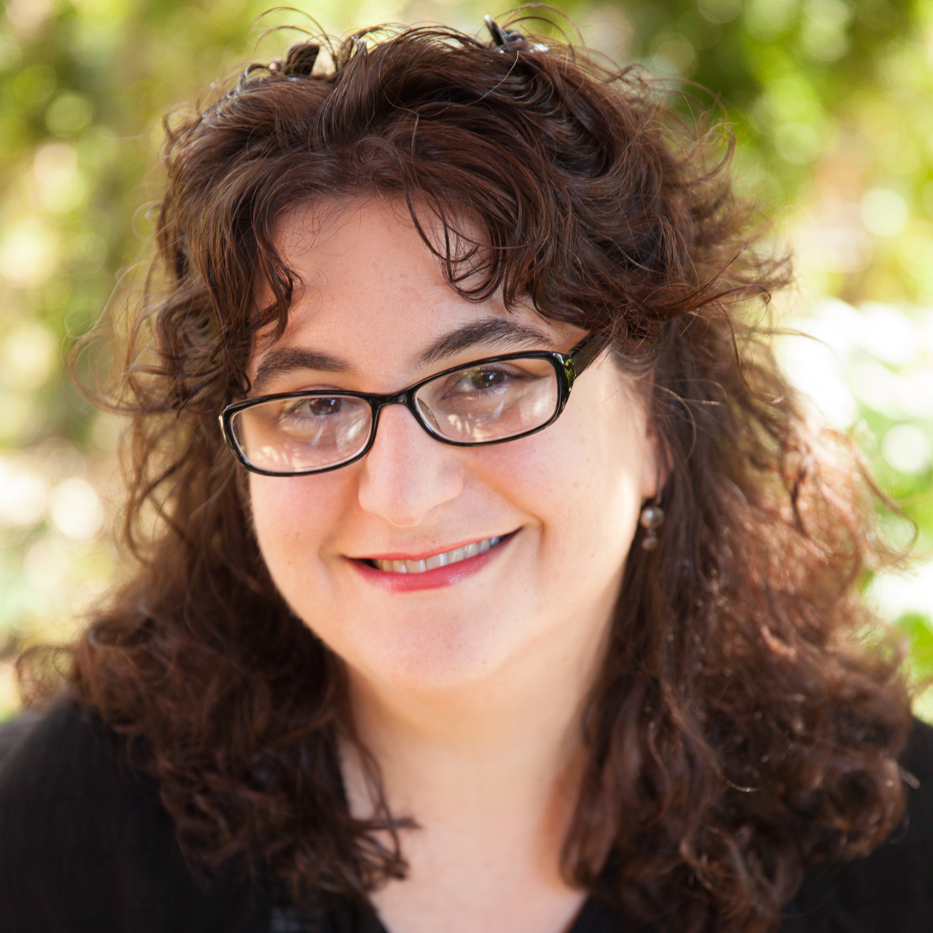
Jessica Burko, curator of Field of Vision, has been an exhibiting artist since 1985 and is the Program Manager and Curator of the Photographic Resource Center. She has curator more than thirty exhibitions since 2000 including STITCH featured in the 2017-18 Curatorial Opportunities Program at the New Art Center, Newton, MA, and she was the Carole Calo Gallery Director at Stonehill College from 2000-06. In addition to these endeavors, Burko supports artists in achieving their creative and professional goals through Arts Marketing lectures, workshops, and partnerships with organizations such as Mass MoCA’s Assets for Artists Program, ArtsWorcester, and MassArt. Jessica Burko holds a BFA in Fine Art Photography from Rhode Island School of Design, and an MFA in Imaging Arts and Science from Rochester Institute of Technology.
This exhibition is being hosted through the generosity of New England Development and CambridgeSide who have have been presenting virtual and in-person art exhibitions in response to COVID-19.
This support provides opportunities for local artists and arts organizations to showcase artwork during a time when there are less opportunities due to social distancing measures.

